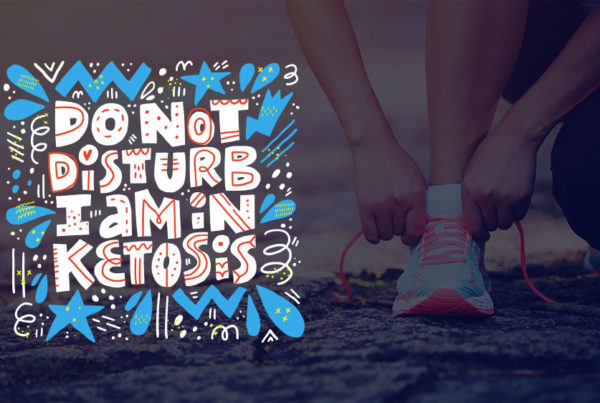You need not be a coffee snob to seek out the best brew. But just in case, here’s another cup, and a new coffee video.
There are certain things in life we don’t want to rush. A fine glass of wine, a delicious dinner, listening to great music. For many, the morning coffee-making ritual is enjoyable, too, ending with that first amazing sip.
The routine needn’t be too time-consuming — we don’t want to wait long for that delicious brew. But we can’t rush it either and risk sacrificing quality.
Delicious coffee can be the near-perfect component to a lifestyle that includes a great healthy cuisine. Especially if its effects are therapeutic for the brain, such as increased creativity, learning or alertness, and for triggering the body’s fat-burning metabolism. These and other factors are associated with coffee’s ability to reduce mortality from cardiovascular and neurological diseases, diabetes, and others.
One important key to making great coffee — whatever method you use — is grinding the beans properly. For those truly fanatical about their coffee, this means making sure the coffee grind is uniform — all the particles are of similar size. For those willing to read some intense research on this, I refer to the study by Cameron, et al. (reading this may require consuming a bit more coffee than usual).
I’ve previously discussed various other coffee-making factors, and in particular my fat-burning coffee recipes and the science behind them. In the accompanying video, I describe more about making this morning coffee concoction.
The perfect balance of natural substances in coffee, beyond caffeine, has interesting effects. Some impart the amazing flavors of various coffees and their roasts. Others may pose risk: For example, cafestol and kahweol, two phytochemicals found in unfiltered coffee — such as French press, Turkish and others — can slightly raise LDL cholesterol. However, these compounds also exhibit a wide variety of health-promoting activities that can help counter the cholesterol response, including anti-inflammatory, anti-angiogenic and anti-tumorigenic properties. (These two compounds may also raise triglycerides, albeit minimally; while carbohydrates, including adding sugar, do this significantly and in a much more powerful way.)
These same compounds, cafestol and kahweol, are bitter-tasting, not unlike many natural phytochemicals in other plant foods also containing health benefits. So if you want to reduce the bitterness of your brew, filter it first, which will remove many of these bitter substances.
Also consider the liver. Its job is to pull caffeine out of the circulatory system and break it down through its detox pathways. Poor liver function may lead to more caffeine hanging around to stimulate the sympathetic nervous system. The result is some people may be unable to drink coffee without becoming jittery or be unable to sleep well even from a morning cup — or for the very sensitive, even a lunchtime decaf (which contains very small amounts of caffeine). For those who tolerate caffeine, coffee is known to help the liver, including protecting against various diseases from hepatitis A and B to fatty liver disease and cancer.
Caffeine also has the potential to raise blood pressure. However, this is not always the case as another component of coffee — chlorogenic acid — can counteract the blood-pressure–raising effects of caffeine. When in doubt, check your BP after consuming coffee to make sure it does not get too high. (Of course, the heart rate rises also after coffee — both resting and exercise, at an amount that varies with the individual.)
While studies on coffee and caffeine are typically associated with the use of two or more cups a day, with ~400 mg of caffeine appearing to be safe in healthy people, it should always come with a warning. Caffeine can cause anxiety, restlessness, insomnia, headaches and other symptoms, including addiction just like other psychoactive substances. These can occur in both adults and children, and more serious when consuming the various junk-food drinks containing the combination of caffeine and sugar.
Let’s not forget that famous saying about traveling life’s journey — don’t forget to stop and smell the coffee each morning.
References
Cameron MI, et al. Systematically Improving Espresso: Insights from Mathematical Modeling and Experiment. 2(3); 2020. doi.org/10.1016/j.matt.2019.12.019
Ren Y, et al. Cafestol and Kahweol: A Review on Their Bioactivities and Pharmacological Properties. Int J Mol Sci. 2019; 20(17). doi: 10.3390/ijms20174238.
van Dam RM, et al. Coffee, Caffeine, and Health. N Engl J Med. 2020;383(4). doi: 10.1056/NEJMra1816604.
Wadhawan M, Anand AC. Coffee and Liver Disease. J Clin Exp Hepatol. 2016; 6(1). doi: 10.1016/j.jceh.2016.02.003.








